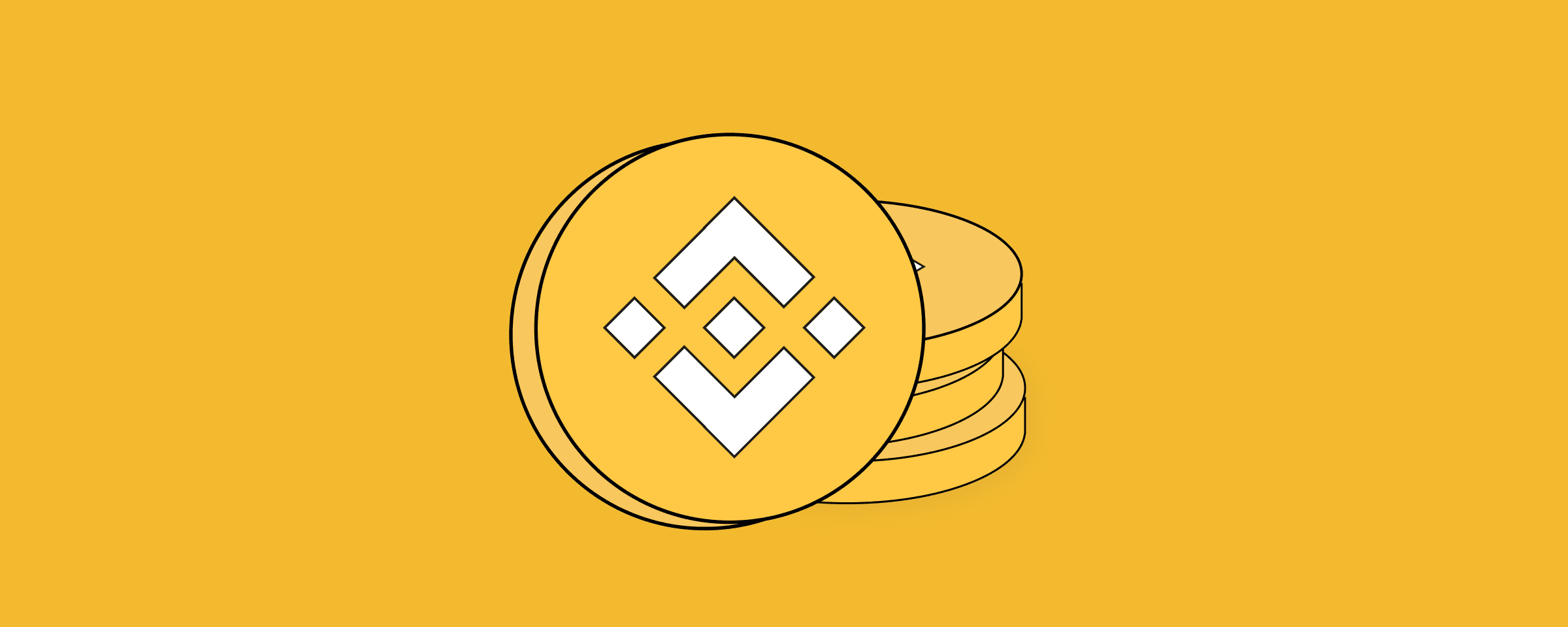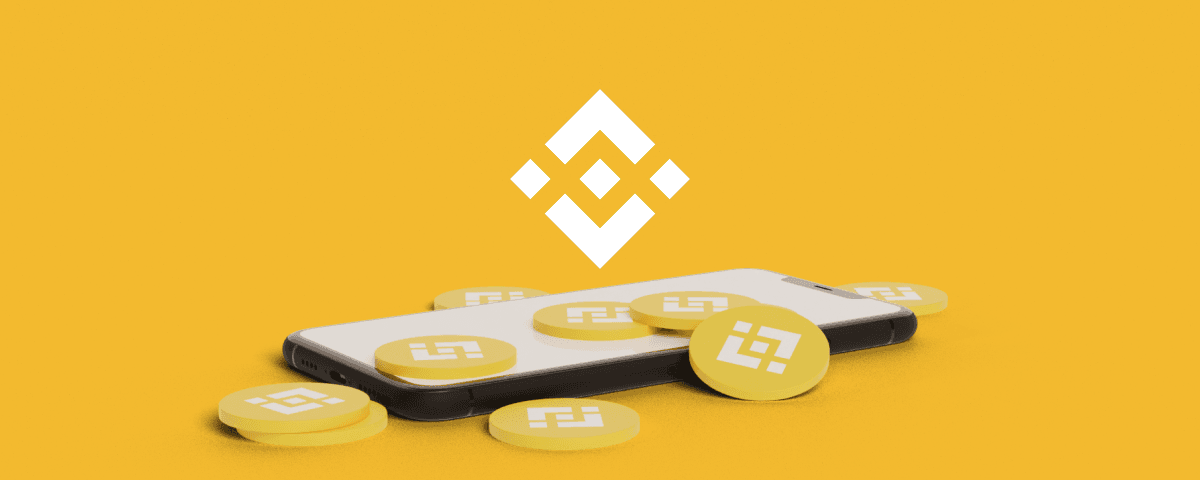BNB Beacon Chain (formerly Binance Chain)
In 2019, Binance launched Binance Chain to support its vision of decentralized trading. Alongside Binance Chain, the Binance Decentralized Exchange (DEX) was also introduced. At the time, the DEX market was plagued by poor user experiences and clunky interfaces. Binance aimed to change that by applying the winning formula from its centralized exchange — an intuitive interface and optimized UX. In addition, they focused on achieving sub-second transaction confirmation times for trades on the platform.
Binance Chain is fast, generating new blocks in under a second, but its functionality is limited. The chain currently serves only one core purpose: powering Binance DEX. It also uses a consensus mechanism called Tendermint-BFT, which allows Binance to maintain full control over the blockchain without involving the broader community.
BNB Smart Chain (formerly Binance Smart Chain)
Launched in 2020, about a year and a half after Binance Chain, Binance Smart Chain (BSC) is a smart contract platform similar to Ethereum and other blockchains.
When BSC launched, Binance was racing to capitalize on the growing DeFi and NFT wave. They explained that upgrading Binance Chain would compromise its speed and efficiency, so they chose to launch a parallel blockchain instead. This decision mirrors challenges Ethereum faced, like during the CryptoKitties congestion in 2017.
Binance Smart Chain was built to enable developers to create smart contracts with added compatibility with Ethereum. Since Ethereum's code is open-source, Binance was able to fork it — meaning copy the base code — while introducing their own adjustments. One major difference was choosing a Proof-of-Staked-Authority (PoSA) consensus mechanism instead of Ethereum’s earlier Proof-of-Work.
PoSA allows for much faster performance:
- A new block is created every 3 seconds
- Transaction fees are significantly lower than on many competing blockchains
One key distinction of Binance Smart Chain is how validators are rewarded. When a validator processes a block, they earn the transaction fees users pay — there is no new BNB minted as a reward. Instead, existing BNB is used.
Despite BSC’s popularity, it has not fully solved the blockchain trilemma — the challenge of achieving decentralization, security, and scalability all at once. Its low fees and fast block times come at the cost of decentralization and, arguably, security. The number of active validators is limited to 21, and only the top 21 holders with the most staked BNB can participate in validation. While BSC allows participants to take part in validation and governance — unlike Binance Chain — Binance still retains significant control through its role in selecting validators.
BNB Chain — short for Build N’ Build Chain — is a distributed blockchain network where developers can build decentralized applications (dApps). It represents a merger between the previously separate Binance Chain and Binance Smart Chain. You can read more about each of those chains above.
Binance uses the term MetaFi to describe the broader purpose of BNB Chain — combining the meta-ecosystem with finance. MetaFi is an umbrella concept that includes DeFi, GameFi, SocialFi, Web3, and NFTs.


